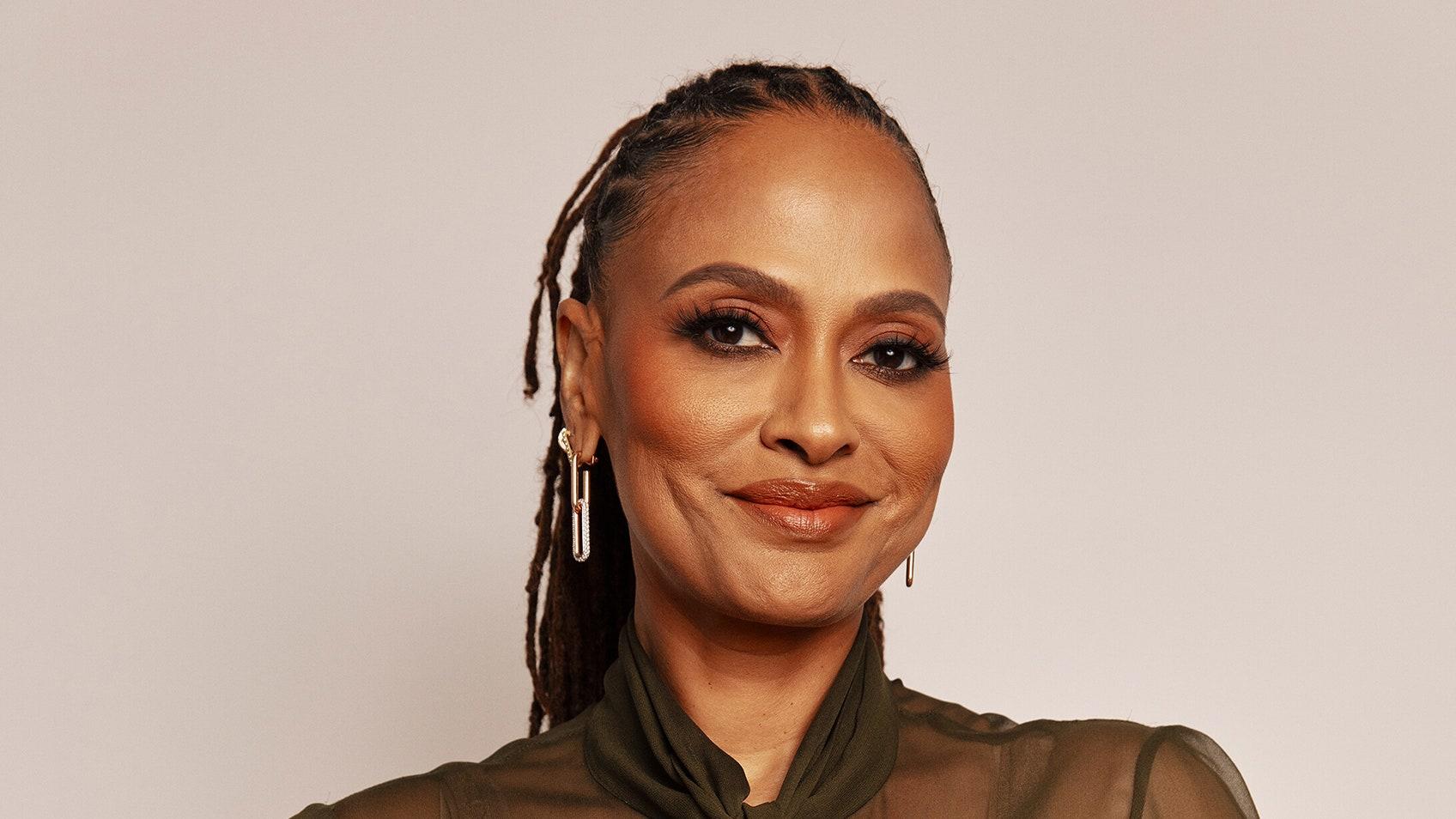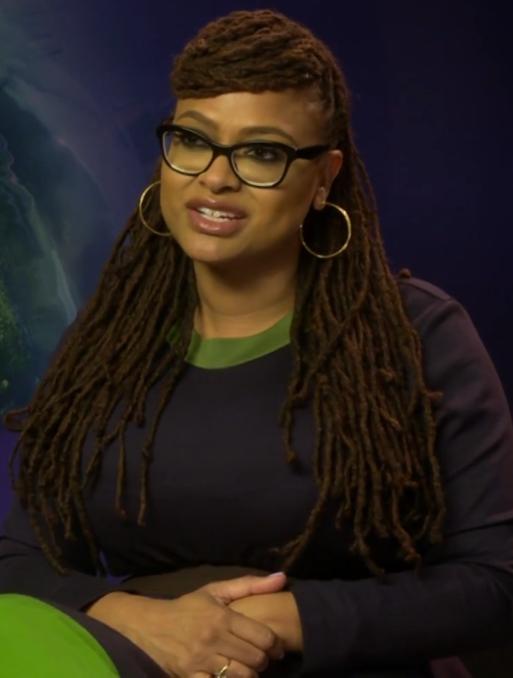Ava DuVernay has emerged as a prominent voice in contemporary cinema, renowned for her compelling storytelling and unflinching exploration of social issues. From her groundbreaking film “Selma,” which chronicles the pivotal civil rights marches, to the poignant documentary “13th,” which delves into the intricacies of racial inequality within the American justice system, DuVernay’s work consistently engages with themes of social justice and systemic change. Yet, this persistent focus raises an intriguing question: does DuVernay overemphasize social issues in her work, potentially overshadowing other cinematic elements? This article seeks to explore this query through an analytical lens, examining the balance DuVernay strikes between advocacy and artistry, and assessing how her thematic choices impact both the narrative and audience reception of her films. By dissecting her body of work, we aim to understand the extent to which social issues serve as a driving force in her storytelling and consider whether this emphasis enhances or detracts from her artistic vision.
Exploring Ava DuVernays Artistic Approach to Social Commentary
Ava DuVernay’s artistic oeuvre is characterized by its profound engagement with social issues, often weaving these themes seamlessly into the narrative fabric of her work. Her approach can be seen as a meticulous blend of storytelling and activism, where the medium of film and television serves as a platform for highlighting systemic inequalities. DuVernay’s projects often spotlight marginalized communities and untold histories, offering a voice to those frequently silenced. This focus is not just an aesthetic choice but a deliberate effort to provoke thought and inspire change. By utilizing her art to reflect the complexities of societal dynamics, DuVernay challenges audiences to confront uncomfortable truths.
- Documentary Precision: Works like “13th” demonstrate her commitment to historical accuracy and educational impact.
- Narrative Depth: Films such as “Selma” offer a nuanced exploration of pivotal moments in civil rights history.
- Inclusive Storytelling: Series like “Queen Sugar” highlight the intricacies of contemporary African American life, focusing on family and community.
Critics may argue that DuVernay’s emphasis on social issues risks overshadowing other elements of cinematic artistry. However, her intent is not merely to entertain but to enlighten, using her platform to catalyze discussions that might otherwise remain on the periphery of mainstream discourse. By prioritizing narratives that address social justice, DuVernay crafts a cinematic experience that is both thought-provoking and culturally resonant, inviting viewers to engage with the world around them in a more informed and empathetic manner.

Analyzing the Balance of Narrative and Advocacy in DuVernays Films
Ava DuVernay’s films are often celebrated for their profound engagement with social issues, yet they also spark debate about the balance between narrative and advocacy. Her works, such as “Selma” and “13th,” seamlessly blend storytelling with a strong social message, but some critics argue that the emphasis on advocacy can overshadow narrative elements. DuVernay’s unique approach to filmmaking involves a deliberate integration of historical context and social commentary, which can sometimes challenge traditional storytelling norms. This method not only informs audiences but also seeks to inspire change, raising questions about the primary purpose of her films: to tell a compelling story or to drive social discourse.
In examining DuVernay’s filmography, several key elements emerge:
- Historical Context: Many of her films are deeply rooted in historical events, providing a factual basis that supports her narrative.
- Character Development: While advocacy is a central theme, DuVernay’s characters are often richly developed, serving as conduits for the social issues they represent.
- Visual Storytelling: Her use of powerful imagery not only enhances the narrative but also underscores the social themes she wishes to highlight.
This intricate balance between narrative and advocacy is what makes DuVernay’s films both compelling and thought-provoking, prompting audiences to reflect on the broader societal implications of the stories she tells.

Understanding Audience Reception of Social Themes in Ava DuVernays Work
Ava DuVernay’s cinematic work often serves as a lens through which viewers explore complex social themes, and the audience’s reception of these themes can vary widely. Some viewers appreciate her commitment to highlighting pressing societal issues, recognizing her films and series as catalysts for conversation and change. DuVernay’s storytelling often includes:
- Historical Context: By grounding her narratives in historical events, such as the Selma marches, DuVernay provides a framework for understanding contemporary issues.
- Personal Narratives: She often focuses on personal stories that humanize larger social issues, making them relatable and impactful.
- Diverse Perspectives: Her work frequently includes a variety of viewpoints, enriching the narrative and fostering a more comprehensive dialogue.
However, there is also a segment of the audience that questions whether her focus on social issues might overshadow other elements of storytelling, such as character development or plot complexity. This critique suggests that while the emphasis on social themes is important, it could potentially limit the narrative’s scope or appeal. Ultimately, DuVernay’s work encourages viewers to reflect on their own perspectives, challenging them to engage with social issues on a deeper level.

Recommendations for Balancing Artistic Expression and Social Messaging
To effectively balance artistic expression with social messaging, creators can consider the following strategies:
- Integrate Subtly: Embed social themes into the narrative in a way that complements the storyline, allowing the audience to discover the message naturally without feeling overwhelmed.
- Diverse Perspectives: Incorporate a variety of viewpoints to present a well-rounded narrative. This not only enriches the story but also engages a broader audience.
- Character Development: Focus on building complex characters whose personal journeys reflect broader social issues, ensuring that the messaging is woven into the very fabric of the character’s arc.
- Balance with Entertainment: While addressing important topics, maintain a balance with elements of entertainment to keep the audience engaged and invested in the story.
By thoughtfully considering these approaches, filmmakers can create works that not only resonate on an artistic level but also contribute meaningfully to societal conversations.
